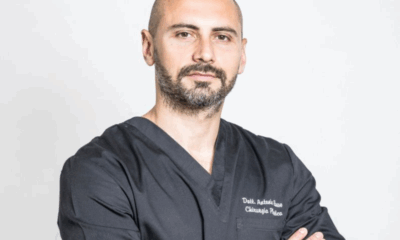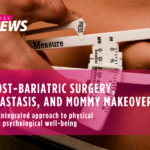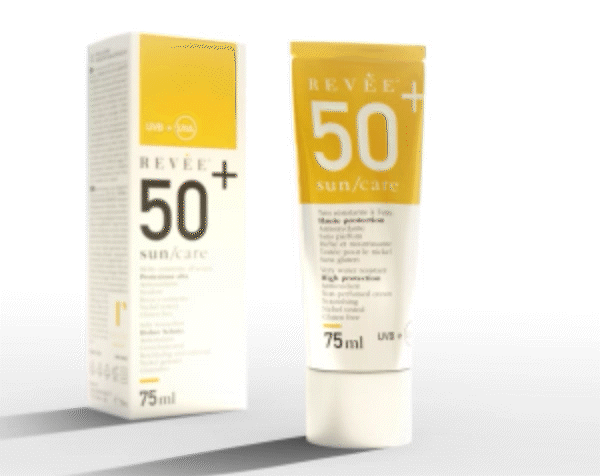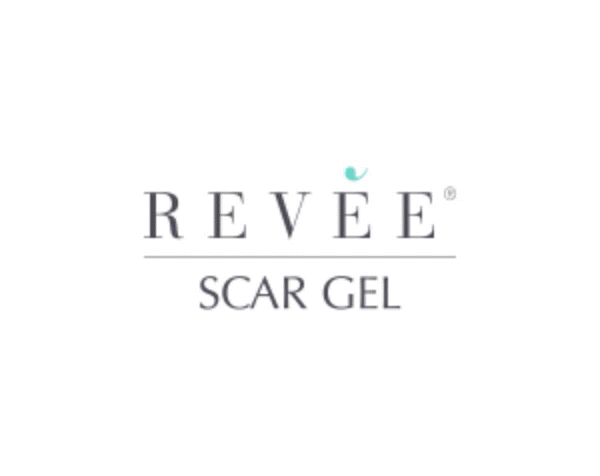Revée pills
Scar
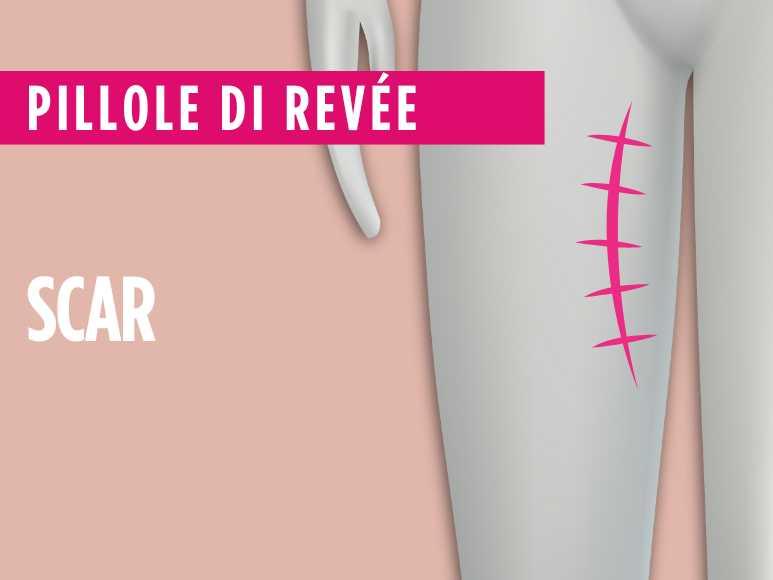
The scar is our body’s response to trauma or surgery. In all cases, it is necessary to take care of it in order to favor the positive outcome of the scar path and limit the formation of cheloids. This is well known by surgeons who pay particular attention to scarring in the planning of an operation, both in the preparatory phase and in the healing phase. But what exactly is a scar, when does it form and how can it be treated? Here is what the doctors interviewed by Revée told us.
What is a scar and when does it develop
«The scar is a repair tissue», explains Marco Tresoldi, contract professor, researcher at the University of Pavia and plastic surgeon.
Our body is so evolved that it cannot regenerate tissues except in some cases such as the liver. «In all the other districts a repairing fabric is formed – continues the professor -which represents the attempt to repair a damage».
In fact, the healing process takes place through the formation of a connective tissue consisting mainly of collagen fibers that act as glue between the flaps. «On average a scar is formed in 7-10 days – continues the professor – then begins a maturation process that will go through the stages of deduction, contraction and remodeling of the scar, and will last about a year».
At first the wound may be red or purple because it is the result of a trauma, but the loss of water content of collagen fibers leads to the scar becoming whitish and translucent. However, abnormal outcomes may occur consisting of defects in the healing process. «Scars can be hypotrophic, that is, depressed, or hypertrophic or cheloid» the professor explains. «In the latter case the fibroblasts, that is the cells responsible for the production of collagen, are stimulated to produce more and so the scar comes out of the margins of the wound», Tresoldi points out.
Two types of products can be used to treat scars: silicone and elastocompression. «Both help to promote the reduction of the process of inflammation – explains the professor – bringing it to a physiological dimension where the scar appears white and flat». Silicone-based products can be in the form of gel or patch, the important thing is that the degree of purity of the molecule is high. «Otherwise it can cause dermatitis or hypersensitivity», the professor explains.
«Elastocompression, instead, is to be used in areas subject to trauma – Tresoldi points out – to prevent the scar from growing upwards», the professor continues.
Whatever type of scar the patient has, it is always necessary to evaluate the clinical picture: «The profession of the doctor is to make a diagnosis – concludes Tresoldi – and then to indicate the best therapy».
Scar and surgical operations
«Both the preparation for intervention and prevention and rehabilitation are important – explains Giovanni Papa, professor at the University of Trieste and director of the plastic surgery clinic of the Friulian capital- in fact the best result is obtained when bruises, infections and scars decrease.»
Each surgery produces a scar tissue that is the result of a multifactorial process. «In the first periods after surgery, hypertrophic scars can be treated with elasticizing creams, – says the professor – regenerating or with silicone.»
Doctor Gretha Grilz, specialist in plastic, reconstructive and aesthetic surgery and surgeon at the Breast Unit of the Cottolengo Hospital in Turin explains how, in the treatment of breast cancer, with surgical therapy, one month after the operation, the patient must be re-evaluated to start the physiotherapy course and to check the scar status: In the first month after surgery, it is necessary to wear the post-operative bra 24 hours a day. The patient is then told how to treat the scars over the next three months. It is essential to use a product that makes them softer to avoid the formation of adherent areas», explains the surgeon.
Also Doctor Barbara Cagli, specialist in plastic, reconstructive and aesthetic surgery and head of the Breast Unit of the Biomedical Campus of Rome, gives an overview on how to treat the post-surgery scar: «It is not easy to ask patients to massage the scar immediately – explains Cagli – it is not a race, everyone needs their own time». Marco Klinger, full professor of reconstructive and aesthetic plastic surgery at the University of Milan, also speaks about how complicated is the process facing a woman with breast cancer: «It is a bumpy path – says Klinger – must be done with affection towards patients». The signs of surgery also play a fundamental role. If the tumor is circumscribed, you can remove it with a periareolar access and then produce a small scar. This procedure can be achieved thanks to techniques borrowed from cosmetic surgery.
The scar is not only the result of interventions to remove breast cancer, but can also occur in bariatric surgery as explained by Doctor Rosario Ranno, director of the Complex Operational Unit for Major Burns at the Cannizzaro Hospital in Catania: «Scars in post-bariatrics are part of the game» and the patient must be aware of all the risks and complications related to surgery.
There are also limited cases in which the scar tissue can completely cover an organ, as explained by Franco Bassetto, professor of plastic surgery, Director of the Plastic Surgery Complex Operations Unit of Azienda Ospedale Università di Padova in relation to female genital mutilation: «There are different degrees of mutilation; such as the amputation of the labia Minora or the amputation and closing of the labia Majora, a practice called infibulation», the professor continues. Depending on the degree of deformity that the surgeon finds in the patient there are different types of surgery: scar treatment, correction of amputation through plastics or regenerative interventions.




